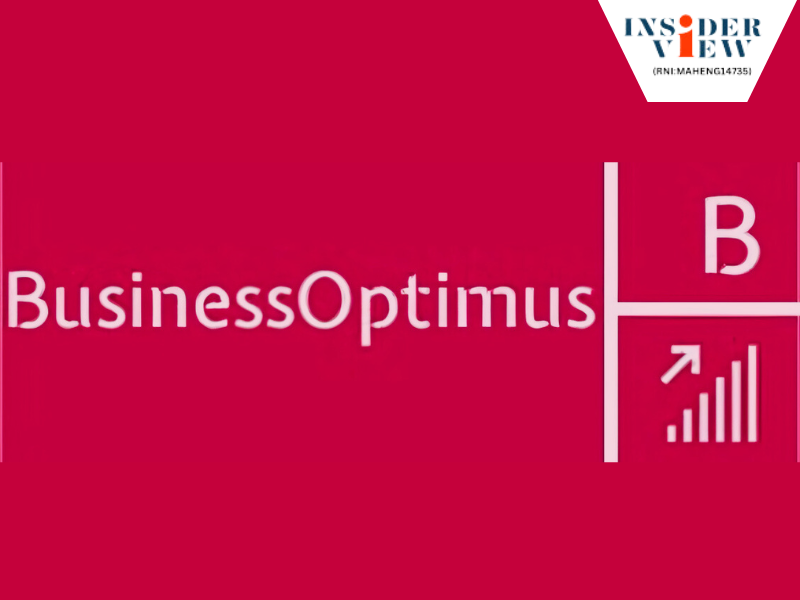Manufacturing Resource Planning
Manufacturing Resource Planning (MRP II), a production technique designed to couple business and financial plans with manufacturing plans. It is an important tool for aligning manufacturing with a company’s overall strategy and goals.

Critical Success Factors At Micro Level
Breaking down these factors into micro-level actions allows for a more granular approach to MRP implementation, facilitating better planning, execution, and monitoring of the project at every stage




Critical Success Factors For Manufacturing Resource Planning
Implementing Manufacturing Resource Planning (MRP) systems can be a complex process, and success depends on various factors. Here are some critical success factors for MRP implementation in manufacturing:




Manufacturing Resource Planning – Parameters for measurement
This table provides a structured overview of the measurements, along with their associated parameters, for each step in the Manufacturing Resource Planning (MRP) process.
| Steps | Measurements | Parameters |
| Product design and planning | Customer satisfaction surveys | Response rate net promoter score (NPS) satisfaction ratings on design aspects |
| Bill of materials (BOM) | BOM accuracy rate | Percentage of correct components and quantities frequency of BOM updates |
| Master production schedule (MPS) | Schedule adherence | Percentage of tasks completed on time variance between planned and actual production times |
| Inventory management | Inventory turnover ratio | Number of inventory turnovers per year average inventory levels |
| Material requirements planning (MRP) | MRP accuracy | Percentage of accuracy frequency of MRP system updates |
| Capacity planning | Capacity utilization rate | Percentage of actual production compared to maximum capacity peak capacity periods |
| Shop floor scheduling | Schedule adherence on the shop floor | Percentage of tasks completed on time reasons for schedule deviations |
| Procurement and supplier management | On-time delivery rate | Percentage of on time deliveries frequency of communication with suppliers |
| Production execution | Overall equipment effectiveness (OEE) | Availability rate performance efficiency quality rate |
| Quality control | First-pass yield | Percentage of products meeting quality standards on the first attempt rework rates |
| Distribution and logistics | On-time delivery performance | Percentage of on time deliveries transit time variability |
| Monitoring and continuous improvement | Key performance indicators (KPI’s) | Define specific KPI’s based on goals (e.g., Production efficiency targets, resource utilization) |
Performance Measurement Parameters
Performance measurement for each department involves tracking key metrics that reflect the efficiency, effectiveness, and contribution of each department to the overall organizational goals






Data Audit – Key Factors
Performing a data audit is crucial for maintaining data accuracy in Manufacturing Resource Planning (MRP) systems
Key Factors
| Verify that all required data fields are populated for each record. Identify any missing or incomplete data and take corrective action | Check for consistency across different databases, systems or modules. Ensure that data values align with established standards and definitions |
| Scrutinize numeric data for accuracy, especially when it involves calculations. Verify that mathematical formulas and calculations are applied correctly | Assess the integrity of relationships between different data entities. Identify any discrepancies or anomalies in the relationships and resolve them |
| Evaluate the freshness of the data to ensure it is up-to-date. Identify any outdated or stale information that needs updating | Examine the precision of numeric data and calculations. Check for rounding errors or inaccuracies that may impact precision |
| Ensure that data entry adheres to established standards. Identify and rectify any deviations from the prescribed data entry guidelines | Scrutinize master data (e.g., product, supplier, customer data) for accuracy. Correct any inaccuracies in master data, as it is foundational to the MRP system |
| Review audit trails and logs to track changes made to the data. Identify and investigate any unauthorized or suspicious changes | Implement continuous monitoring mechanisms to track data accuracy over time. Set up automated alerts for potential data anomalies |
| Solicit feedback from end-users regarding data accuracy issues. Address user-reported discrepancies promptly | Assess compliance with data governance policies. Ensure that the data audit aligns with established data quality standards |
Conclusion
In conclusion, Manufacturing Resource Planning (MRP II) is a valuable tool for Micro, Small, and Medium Enterprises (MSMEs) seeking to enhance their operational efficiency and competitiveness in the marketplace. MRP II offers a comprehensive approach to production planning, scheduling, and inventory control, addressing the unique challenges faced by smaller businesses. The benefits of MRP II for MSMEs include improved efficiency, reduced costs, enhanced planning and scheduling, effective inventory management, accurate financial tracking, competitive advantage, and scalability. Careful assessment of specific business needs, proper system selection, and thorough employee training are essential steps for MSMEs to fully harness the benefits of MRP II implementation.
Anand Kulkarni
With 21 years of experience in business consulting, Anand is a advisory focal in empowering Micro, Small, and Medium Enterprises (MSMEs).
He specialises in LEAN, Manufacturing resource planning, Procurement analysis, Go-To-Market strategy, Market research and soft skills training. He has helped MSME’s in acquiring ISO certifications. His hands-on approach, blending strategic foresight with practical expertise, has garnered widespread respect across varied geographies & industry verticals.

Beyond the confines of the boardroom, Anand is an intrepid traveller and amateur photographer. His wanderlust not only broadens horizons but also infuses creativity into his work, offering unique perspectives on business challenges. Through his lens, he captures moments of beauty and intrigue, reflecting his ability to perceive opportunities where others may see obstacles.
As a competent & trusted professional, Anand exemplifies modern business consulting – bringing in a fresh perspective, innovation & dexterity of consulting principal. His commitment to empowering MSMEs, coupled with an adventurous spirit and creative flair, sets him apart as a true luminary in this field. With each journey, he continues to enrich clients and colleagues alike, leaving an indelible mark on the industry as a whole.



Leave a Reply